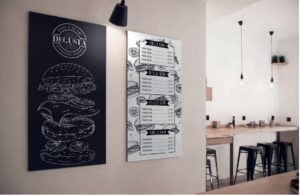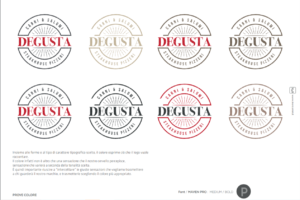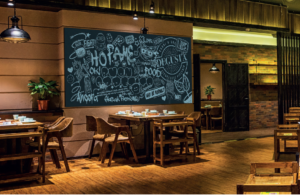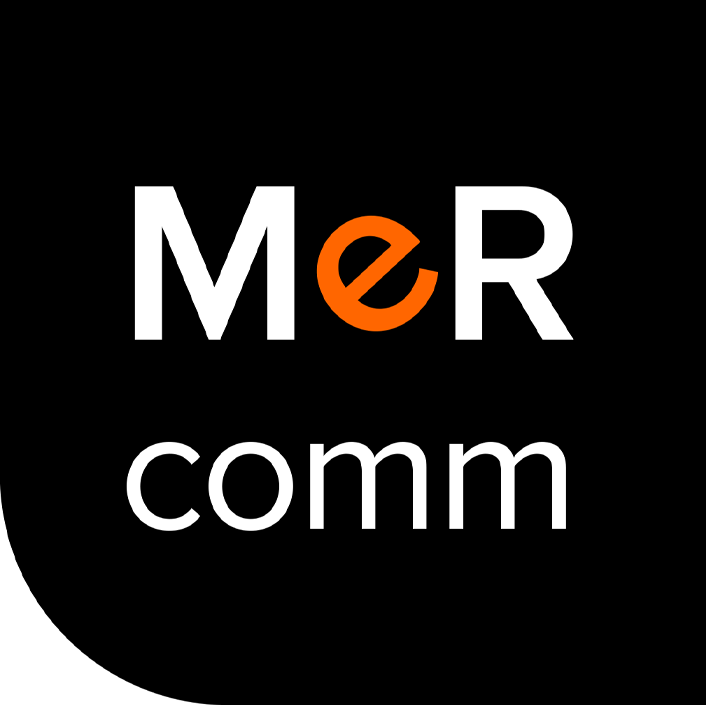How does an Effective Communication Project come about?
Approaching a new communication project is always an exciting challenge. We at Mercomm, as an advertising agency with over two decades of experience in the field, have developed our own method. And today we want to share it with you.
Step 1: Listening to the client is the most important part. Well begun is half done!
When a new customer knocks on our door, the first thought is to make them feel like part of the team. We listen to him, understanding his project, needs and personality.
Interacting with him, we imagine-from the first cognitive moments-a hypothetical path of work. We all participate in the meeting: graphic designers, copywriters, social media managers, and communication strategists, so that we can best advise our interlocutor and evaluate the communication project from a variety of angles.
Step 2: The approach to the new communication project. "Know your enemy and you will know how to defeat him," Sun Tsu said.
Once we understand what project our client has in mind, we draw up a list of “points” to analyze in order to make a draft on paper.
- What is the ultimate goal of the communication project?
- Does something similar already exist?
- What do I need to make it?
- How long will it take?
- Who are the client’s competitors?
- Better to focus on the graphic part or the text part?
- Is a classic or innovative tone of voice better?
All of these questions are part of our initial “short list,” which we gradually thin out once we begin the work.
Step 3: General analysis of existing trends and customization. A unique touch to stand out from the crowd
To start off on the right foot, we begin with an analysis of existing trends.
We identify what already exists in the market, analyze possible competitors, identify the general characteristics that the already known designs have in common, and, keeping them as the basis for our “sketches,” create customized variations of them.
Our communication projects, as you see, are always original, stand out from each other, and are more easily remembered.
Step 4: Simulation of the communication project. Between sketches, color proofs and drafts, there is never a dull moment!
Here our “little list” has already thinned out quite a bit. The work proceeds loosely moving toward a first “draft on paper.”
Our Graphics and Copywriting departments take the field armed with a digital paintbrush and pen and-working side by side-create boards with hypothetical logos, colors, fonts, objects, environments, slogans and pay-offs to submit for client approval.
Step 5: Confrontation with the client. Project approach brings first results
The result of this teamwork is a “visual,” which is an outline of how our creatives envisioned the project.
With this first draft we go to the client to compare the work done. We believe it is important for the client to see their project on paper. In this way he has the knowledge that this is beginning to come to life and is no longer just an idea.
Seeing it there, physically before one’s eyes, as the graphic designers and writers explain what their reasoning and choices were, allows the client-but also us-to move forward together for the next stages of the work.
An example of our working method is the one we recently made for our new client “Degusta.” For him, we created a series of logos and color proofs, invented tailored online and offline communication, and hypothesized custom-branded environments and gadgets. A taste of it can be found here. What do you think?



Are you interested in our work? Contact us and we will build our communication projecttogether!



